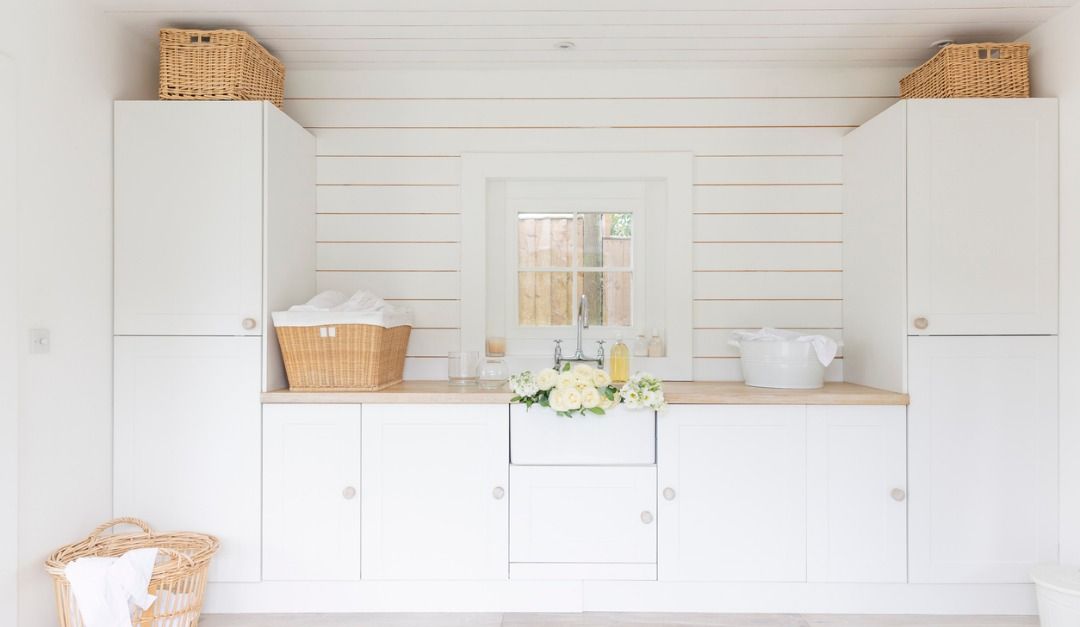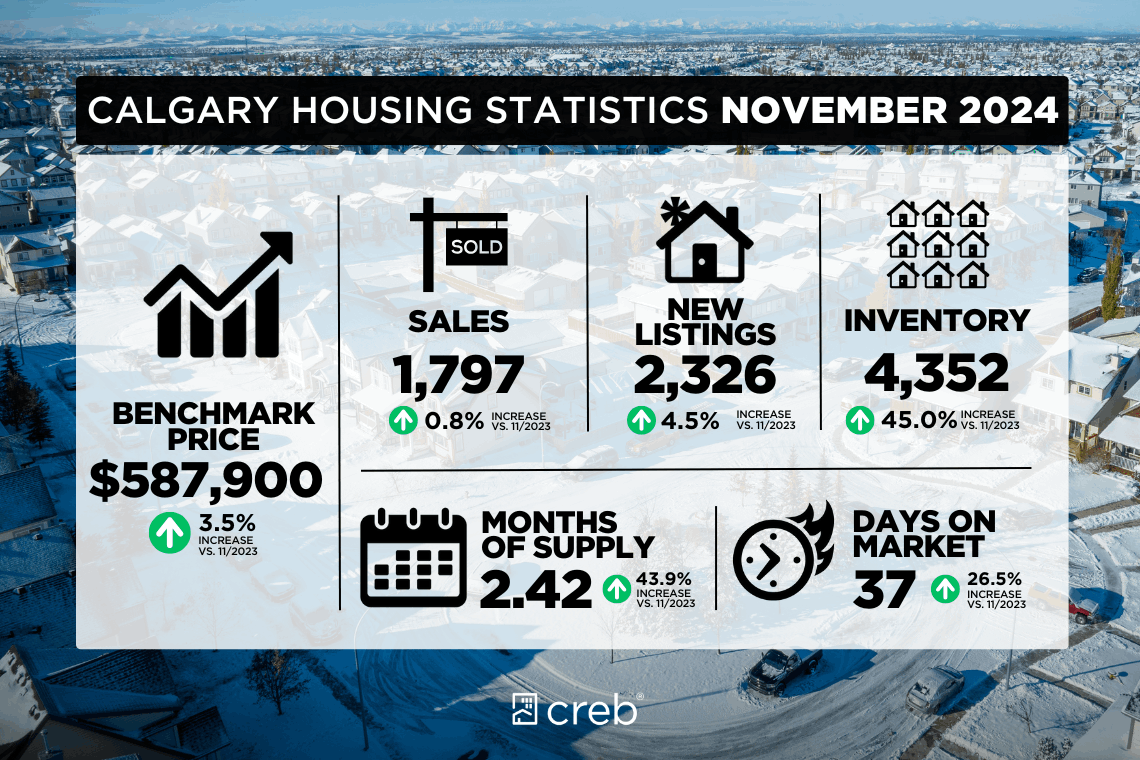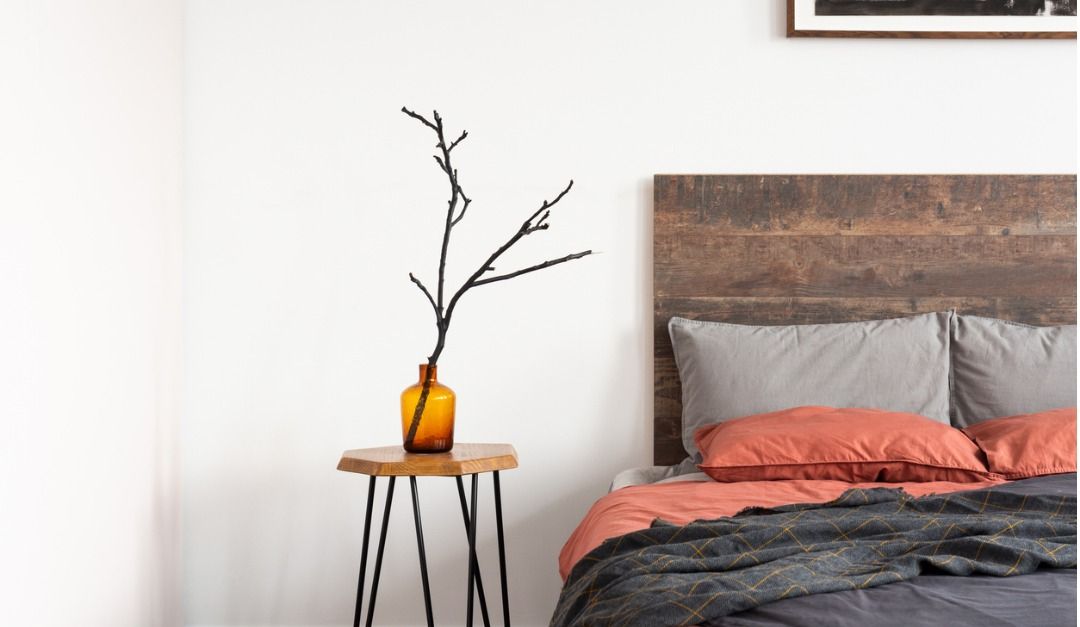
Behind the Scenes of a Real Estate Transaction
Buying a home is likely the largest financial transaction you’ll make in your entire life. It seems like it should be a personal decision for that reason. However, a decision this big requires many people to make it happen; probably more than you realize if you’re a first-time buyer. Here’s who

4 Mistakes to Avoid When Moving Into Your First Home
Perhaps you’ve been living with your parents your whole life to save up for a down payment on a home. You finally have that first home you’ve been saving up for, but you’ve never moved before. You have no clue how hard it is to move your entire life from one space to another…but you’re about to

How to Maximize Space in Your Laundry Room
Moms since the dawn of civilization have been struggling to contain the massive loads of laundry their families require, and the laundry room has long been a safe haven away from the chaos of the familial home. Despite the enormously important purpose they serve, laundry rooms are typically one
Categories
Recent Posts










